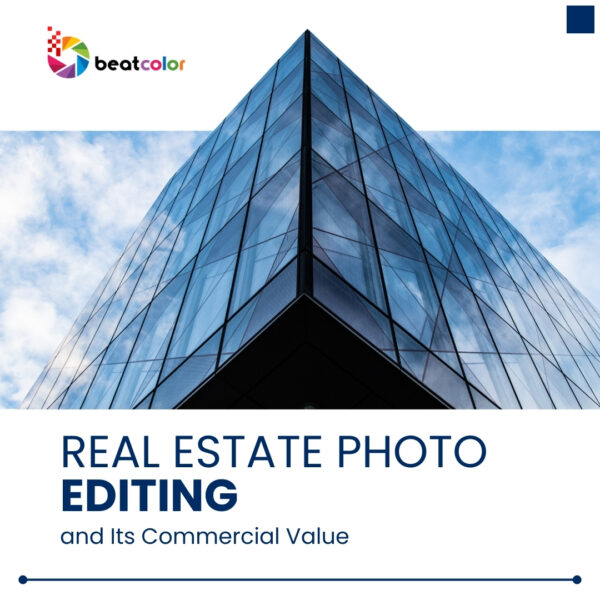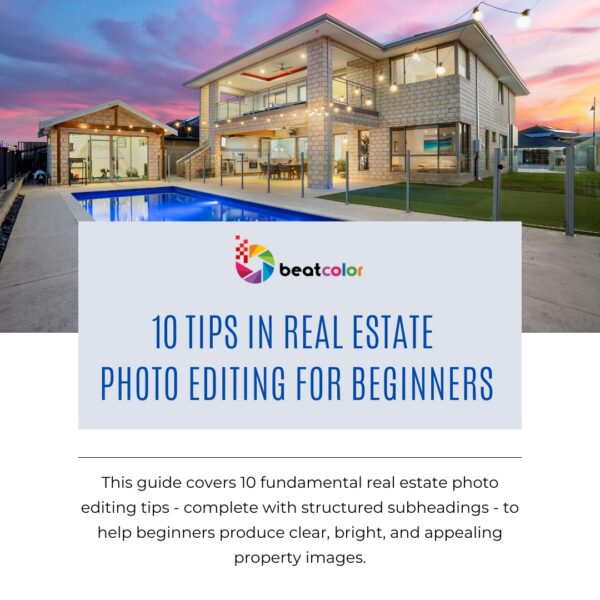Mastering Real Estate Video Editing: The Secret to Boosting Property Sales
In the highly competitive real estate market, first impressions matter. And when it comes to online listings, real estate videos have become the gold standard for showcasing properties. But creating a video isn’t just about shooting footage—it’s about editing that footage to perfection. Real estate video editing plays a critical role in presenting a property’s best features and making it irresistible to potential buyers.
In this blog, we’ll explore how video editing enhances property listings and share tips for creating stunning real estate videos.
Why Video Content is Crucial in Real Estate
The demand for video content in real estate has skyrocketed, with 73% of homeowners saying they are more likely to list with a realtor who uses video. This surge isn’t surprising—videos allow prospective buyers to virtually tour a home, creating a connection that still images can’t provide. But a poorly edited video can lose a viewer’s interest quickly, which is why proper editing is essential.
Key Benefits of Real Estate Video Editing
1. Showcases the Property’s Best Features
Not every corner of a property needs to be highlighted, but the key selling points absolutely should be. Video editing allows you to zoom in on these features, from large open spaces to luxurious finishes. For example, using techniques like panning and slow-motion can emphasize a property’s grand entrance or scenic backyard.
2. Creates a Professional Appearance
Video editing ensures that the final product looks polished and professional. Whether it’s correcting the brightness, stabilizing footage, or adding smooth transitions, these small improvements make a big difference in how the video is perceived. A well-edited video helps establish trust with potential buyers, signaling that the property and the realtor are of high quality.
3. Saves Time for Buyers
In today’s fast-paced world, people want to access information quickly. A carefully edited video condenses a property tour into a few minutes, providing potential buyers with all the essential details without wasting time. Removing unnecessary scenes, cutting between shots, and fast-forwarding through long parts of footage makes the video efficient and engaging.
4. Enhances the Storytelling Aspect
Real estate videos are not just about showing a space; they’re about telling a story. Video editing allows you to create a narrative that guides the viewer through the property in a logical, inviting way. You can decide which rooms to show first, how to transition between them, and which aspects to highlight at different moments.
Essential Real Estate Video Editing Techniques
1. Optimal Use of Lighting
Lighting plays a crucial role in how a space is perceived on video. While natural lighting is ideal, it may need adjustments during editing. Video editors can enhance the brightness or contrast to make a room appear more inviting. Additionally, software can correct color imbalances caused by different types of lighting, ensuring every room looks its best.
2. Incorporating Drone Footage
Drone videography is increasingly popular in real estate as it gives potential buyers a unique perspective of the property and its surroundings. Video editing allows you to seamlessly incorporate aerial footage with interior shots, providing a more comprehensive view of the property. This technique is especially effective for larger estates or homes with beautiful outdoor landscapes.
3. Implementing Fast-Paced Cuts
Keeping a viewer’s attention is critical, and one way to do this is through fast-paced cuts. By cutting between different angles of the property, you can create a dynamic video that feels exciting and engaging. Editors can also speed up scenes that might otherwise drag on, such as long hallway tours or extensive outdoor footage.
4. Adding Visual Effects
Subtle visual effects, like overlays and transitions, can add polish to real estate videos. For instance, some video editors include labels within the video to highlight room dimensions, architectural features, or proximity to nearby amenities. Additionally, fade-ins and fade-outs between scenes create a smooth transition, ensuring the video flows effortlessly from room to room.
5. Incorporating Music and Sound Effects
Background music can set the mood for your real estate video. Whether it’s upbeat and modern or calm and soothing, the right music can make the experience of watching the video more enjoyable. Editors can also layer in sound effects—like footsteps walking on wood floors or the sound of a breeze outside—to create a more immersive experience for viewers.
DIY vs. Professional Real Estate Video Editing
Many real estate professionals face the dilemma of editing videos themselves or hiring a professional. Here’s a breakdown of the pros and cons of each:
DIY Editing
With plenty of user-friendly editing software available, many agents try to handle video editing in-house. Programs like Adobe Premiere Pro and Final Cut Pro offer a range of tools that allow beginners to trim, color-correct, and add transitions to their videos. While this can save money, it’s important to consider the time investment, as editing requires patience and a learning curve.
Professional Editing Services
For those looking for a higher level of quality, hiring a professional video editor may be the better option. Professional editors have the skills to enhance your videos with advanced techniques like color grading, stabilization, and sound design. Additionally, they can work quickly, ensuring you have your final video ready for listing in a timely manner. The investment in professional editing often pays off in better engagement and more leads.
Latest Trends in Real Estate Video Editing
The world of real estate video editing is constantly evolving. In 2024, a few trends are leading the way:
1. Interactive Video Tours
Interactive videos allow potential buyers to click through different parts of the property tour at their own pace. These tours offer an added layer of engagement and can be created through advanced video editing techniques that stitch together 360-degree shots.
2. Immersive Virtual Reality
Virtual reality (VR) continues to gain traction in real estate marketing. VR allows potential buyers to experience a property as if they were walking through it in person. Creating a VR experience requires careful editing to stitch together footage seamlessly, creating a lifelike viewing experience.
3. Social Media-Ready Edits
As platforms like Instagram and TikTok grow in popularity, real estate agents are now editing their videos to fit social media formats. These edits often involve short, attention-grabbing clips that highlight the property’s most attractive features. Quick, engaging content is ideal for social media’s fast-paced environment.
Conclusion
Real estate video editing is a powerful tool that can make or break the success of a property listing. Through skilled editing, raw footage is transformed into an appealing, professional video that captivates viewers and highlights the property’s best features. Whether you choose to edit in-house or hire a professional, investing in high-quality video editing will set your property apart in the competitive real estate market.
Stay updated on the latest trends in real estate video editing to ensure your listings continue to stand out. With the right techniques and tools, your property videos can become a key factor in driving successful sales.
Read more:
Why You Should Outsource Video Editing and How to Do It
Top 5 Best Video Editing Software For Mac – Updated 2021
Real Estate Video Editing from BeatColor











